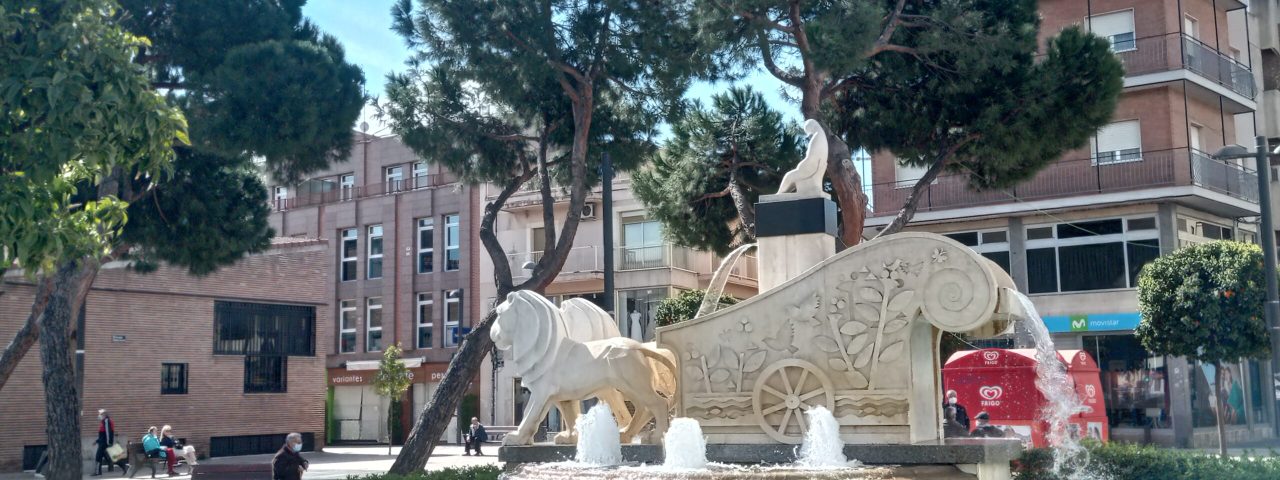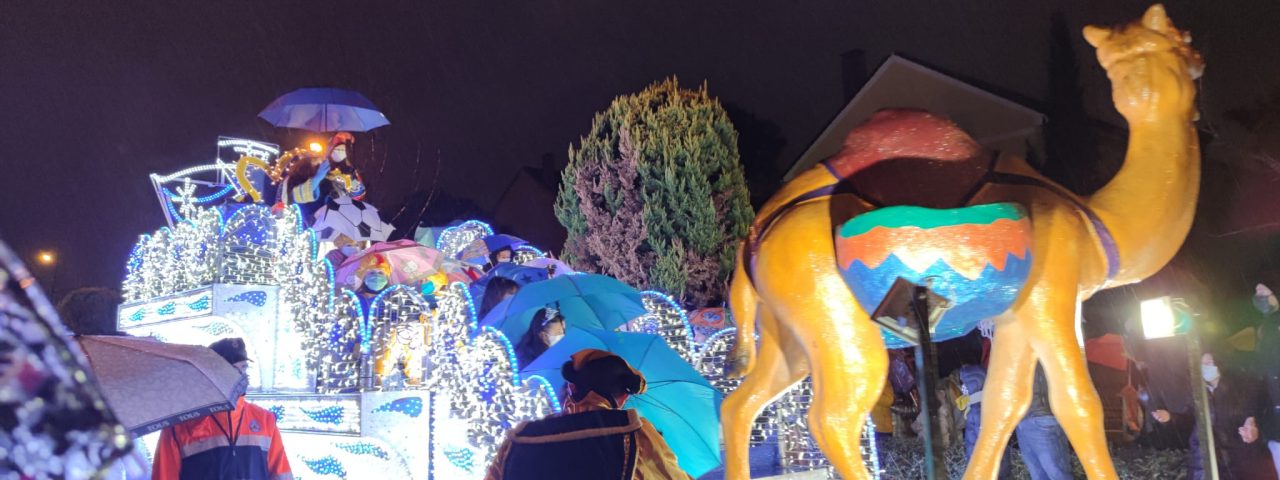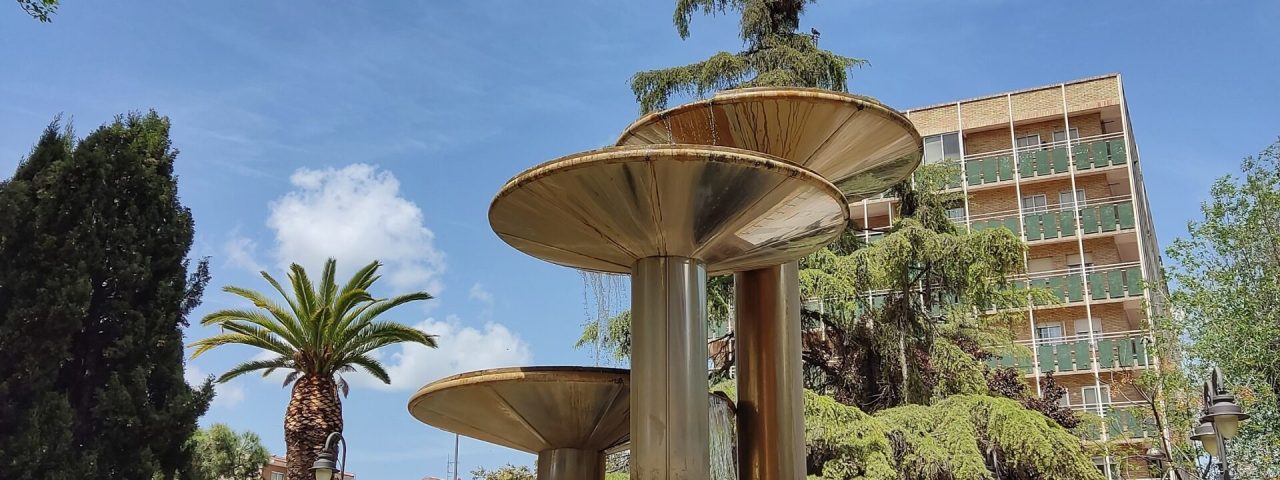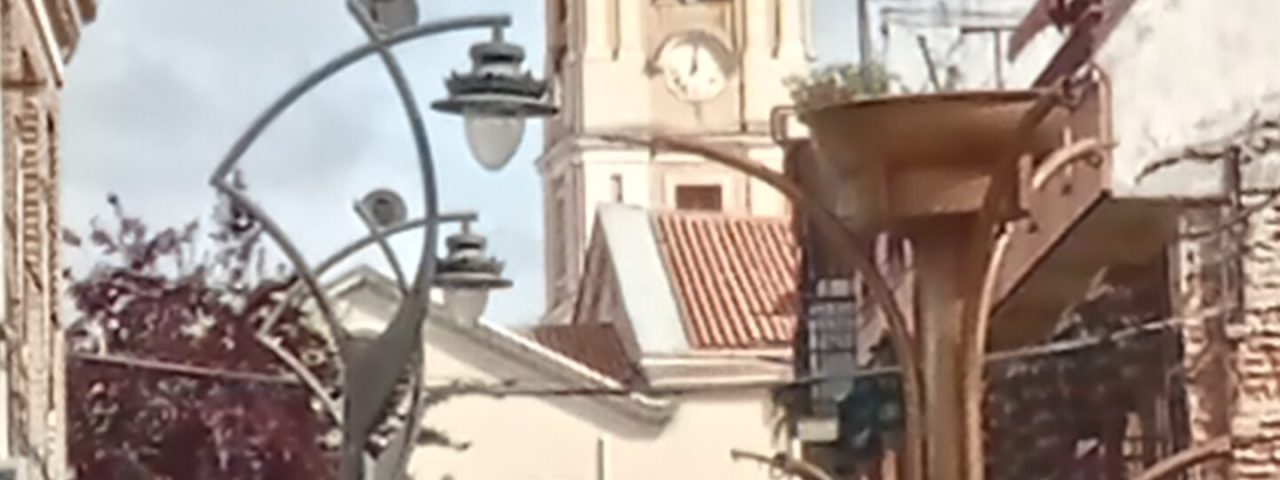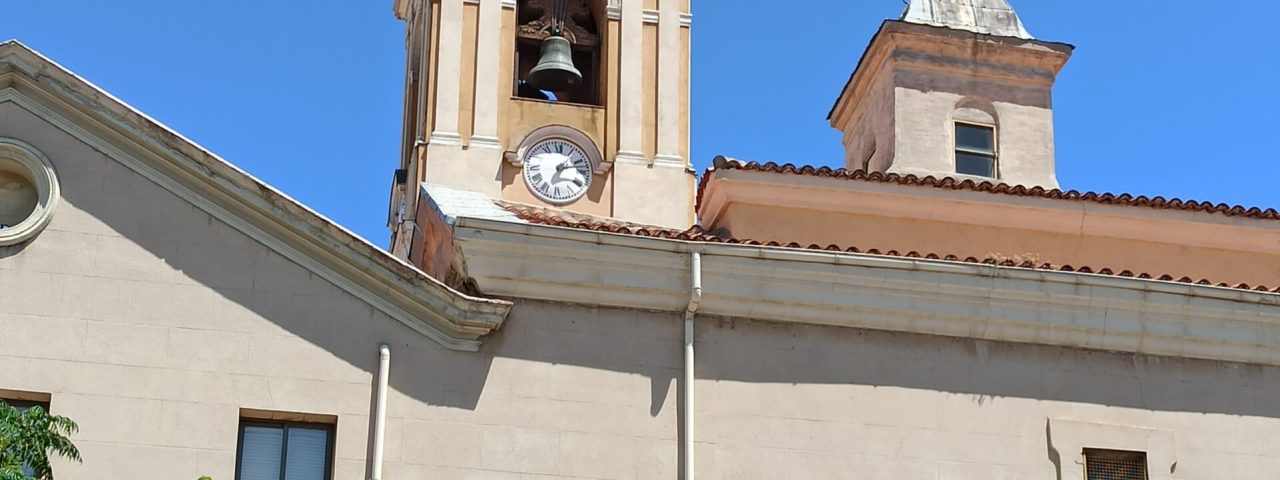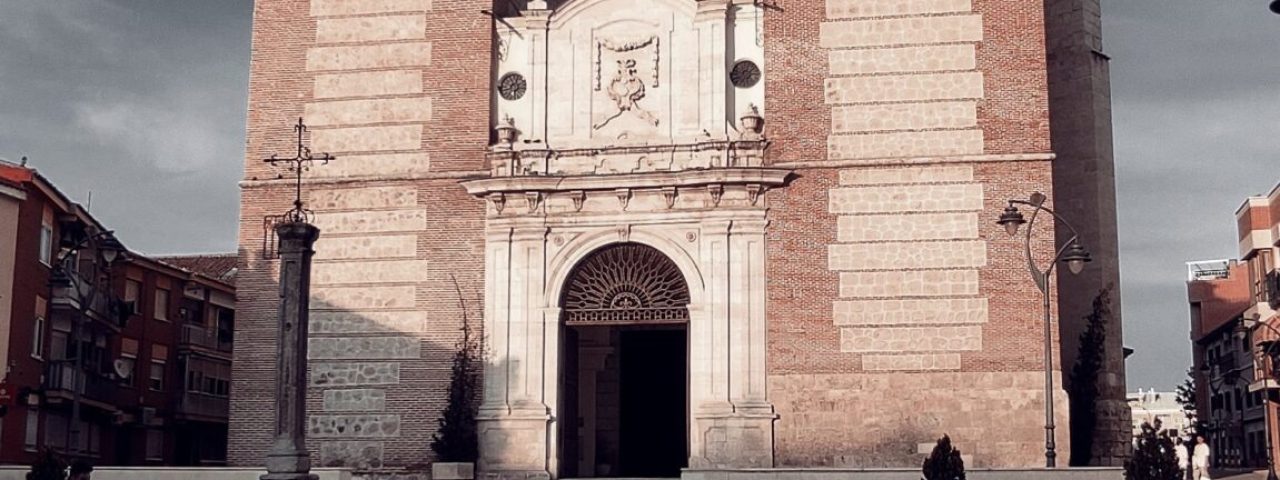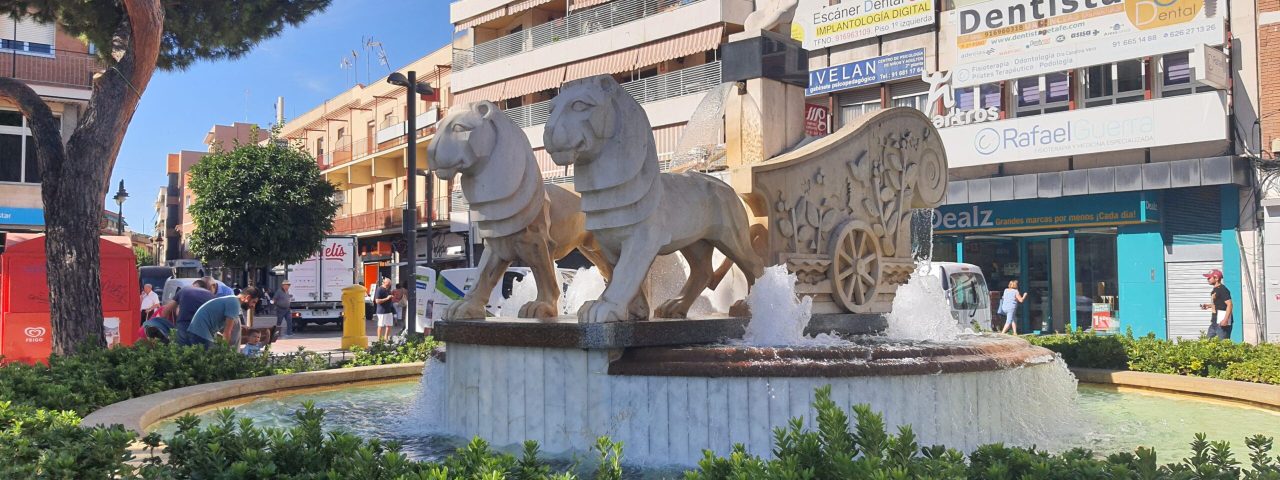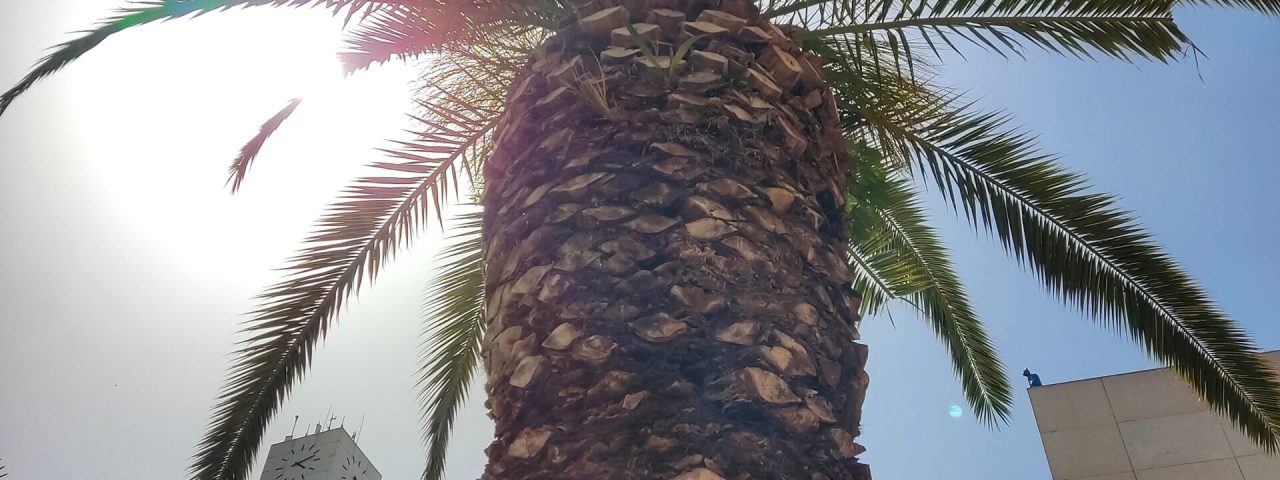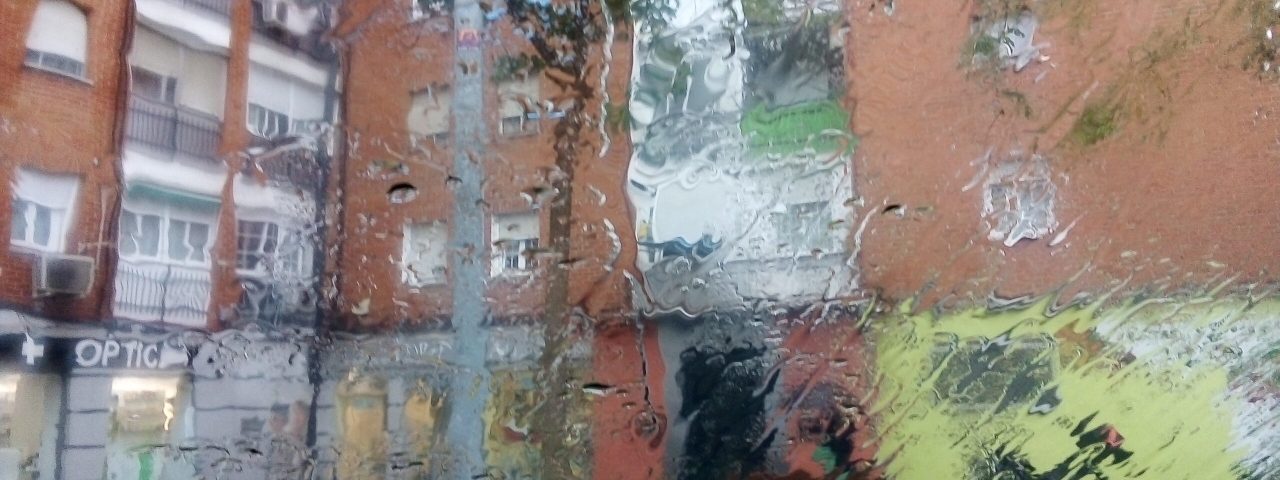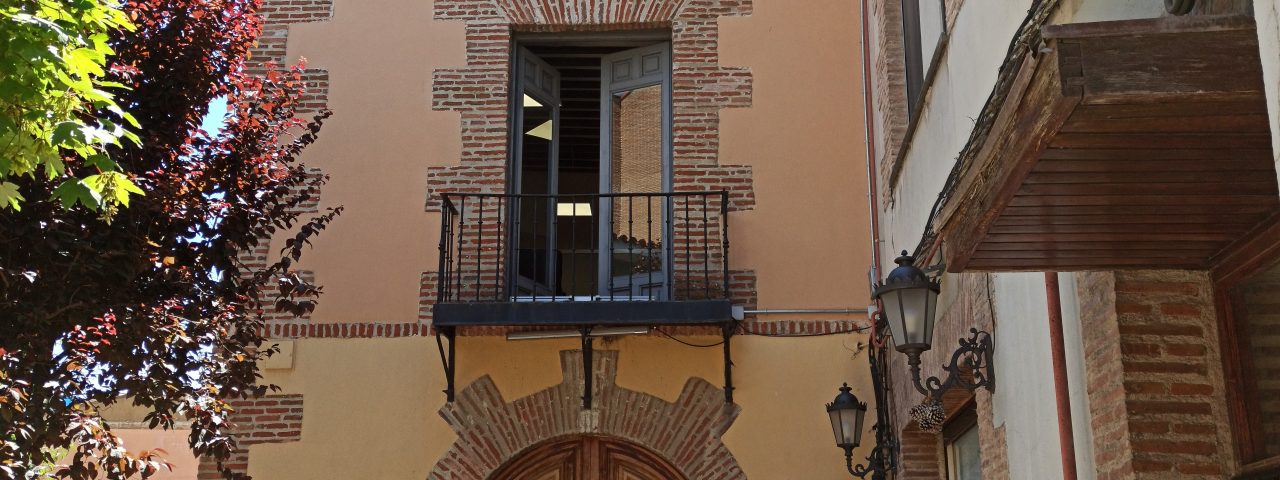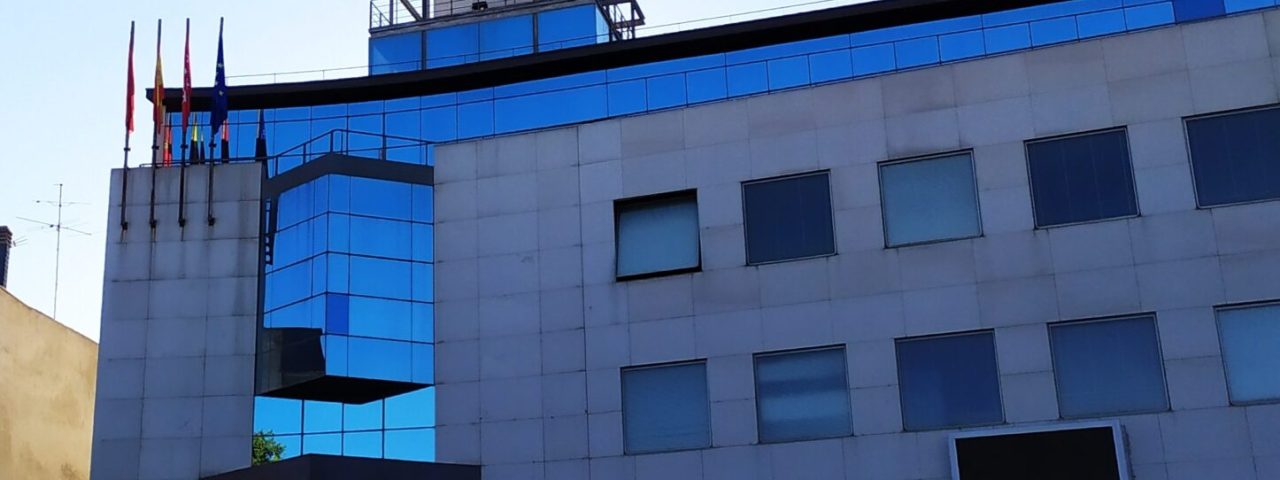Getafe’s history is deeply rooted in Spain’s broader historical narrative. The city was originally settled during Roman times and later influenced by Moorish culture during the Islamic rule of Spain. The city gained prominence during the Reconquista when it came under Christian rule. A significant historical landmark in Getafe is Cerro de los Ángeles, often considered the geographical center of the Iberian Peninsula and home to the monument of the Sacred Heart of Jesus, which commemorates religious and historical significance.
Getafe is known for its cultural festivals, such as the Fiestas Patronales in honor of its patron saint, the Virgin of Los Ángeles, held in May. This festival is a vibrant display of local customs, including processions, concerts, and traditional Spanish food. The annual carnival and Easter week processions are also highlights of the city’s cultural calendar, showcasing traditional Spanish religious and cultural celebrations.
The city’s cultural landscape is also enriched by its university, Universidad Carlos III, which contributes to a dynamic blend of young professionals, students, and international visitors who shape the city’s modern identity.
